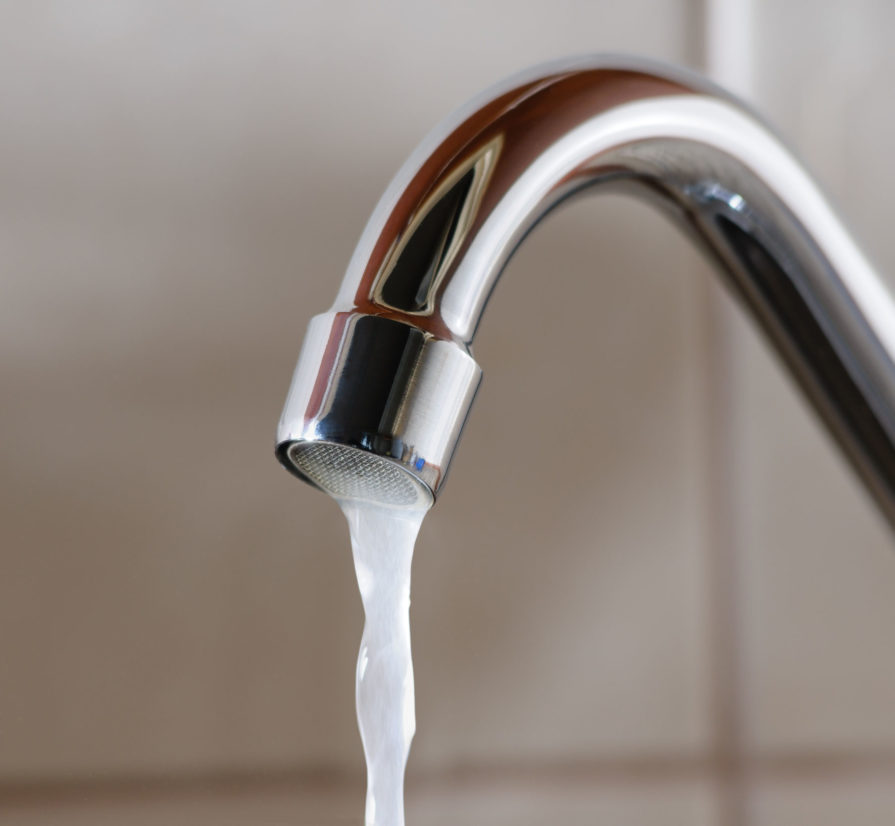
Of all the plumbing and water issues that a homeowner can face, low water pressure is one of the most common and the most frustrating. Low water pressure affects faucets, sinks, dishwashers, showerheads and even your toilet.
From kitchen to bathroom plumbing, all plumbing in your home is affected by low water pressure, which makes it important to address the problem quickly. There are many causes of water pressure problems, and each problem has its own solution. Here are just a few causes that may be affecting your water pressure.
Debris Buildup In Pipes
Blockages from dirt, sand, solidified oil and grease, food and foreign objects in your home’s pipelines can all cause pipes to become clogged and unable to regulate adequate pressure levels.
This is because the pollutants block pipes and prevent water from flowing through them properly. As a result of this restricted water flow, the pressure will decrease. Making sure that your pipes are cleaned and free of obstructions can help keep your water pressure at its desired level.
Corrosion
The cause of pipe erosion comes from the oxidation that collects inside the pipe. This in turn causes restriction to the paths water can flow through. Like mineral scaling, it’s mostly common in older, galvanized steel pipes. The final stage of corrosion is when the pipes start to develop holes, which in turn cause failure. This will cause your water pressure to decrease, and a replacement will be needed for your pipes.
When this happens, you’ll need a San Antonio plumber to make sure the job is done right. Give the team at Mr. Plumber a call to get started on your service!
Too Much Water Usage
Considering how much water you use daily could help increase the amount of overall water pressure. Activities being run at the same time, such as taking a shower, washing clothes or doing the dishes, all put strain on your water usage.
Plan out times to do certain water activities and chores to help converse the pressure and not cause any dips.
Water Valves
A closed or slightly opened valve will cause water pressure issues for you and your home. Make sure to double check after any work is done on your plumbing system for any openings in valves to make sure your pressure is well regulated. Another problem to be on the lookout for is issues with the shutoff valve. Be sure to check if the shutoff valve is fully open for full water pressure.
Leaks
Plumbing leaks can usher in a slew of issues for your plumbing system. Low water pressure is just one of the many problems that can arise as water is diverted out of the pipe. All leak issues should be handled by professionals. San Antonio residents can contact their local and trusted plumbing services for all plumbing emergencies or questions. At Mr. Plumber, we’re more than happy to provide the leak detection and repair services you need!
Pressure Regulator Problems
Water pressure regulators are designed to maintain a constant water pressure level of around 45-60 psi. If you are experiencing low water pressure, an adjustment in pressure may be required. However, if there is an issue with the regulator, or it becomes faulty, it will need to be inspected by a professional plumber.
Call Mr. Plumber For Water Pressure Solutions
The best way San Antonio residents can keep constant and steady levels of water pressure in their home is routine inspection and maintenance of their plumbing system. Contacting a local San Antonio plumber in your area can provide you peace of mind that the work will be done correctly, especially when you work with Mr. Plumber. Whether you need an inspection of plumbing repairs in San Antonio, we’re here to help! Give us a call to schedule your appointment.


